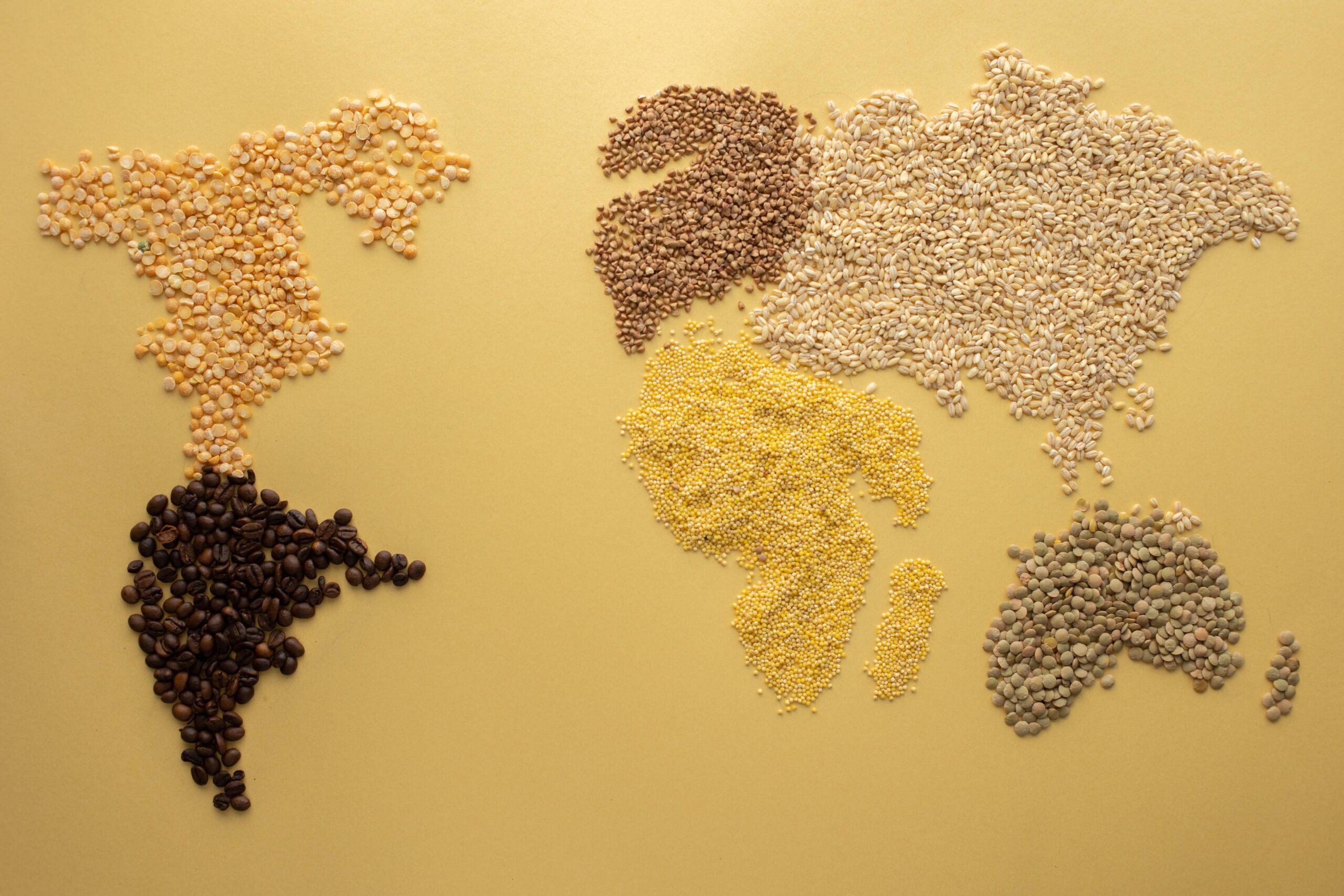contact@cayeit.com
Introduction: Millet is a group of small-seeded grasses that have gained popularity as a superfood due to their many health benefits. Millet is rich in nutrients such as carbohydrates, dietary fiber, protein, vitamins, and minerals, making it an excellent choice for improving physical and mental health. This article will explore the use of millet for better physical and mental health, incorporating scientific explanations and references.
Types of Millets and their Nutritional Profile: Millet is a good source of complex carbohydrates, dietary fiber, and protein, making it an excellent choice for vegetarians and vegans. It is also high in vitamins such as thiamin, niacin, and riboflavin, which help to support energy production in the body. Millet is also rich in minerals such as magnesium, phosphorus, and potassium, which help to support bone health, nerve function, and heart health.
The most commonly grown and consumed millets in India are:
- Pearl millet (Bajra): Widely cultivated in the arid and semi-arid regions of India, pearl millet is a rich source of protein, fiber, and essential minerals.
- Finger millet (Ragi): Known for its high calcium content, finger millet is predominantly grown in southern and eastern India.
- Foxtail millet (Kangni): A staple food in some parts of India, foxtail millet is rich in complex carbohydrates and dietary fiber.
- Proso millet (Chena): Grown mainly in northern and central India, proso millet is a good source of protein and essential micronutrients.
- Barnyard millet (Sanwa): Cultivated mainly in hilly regions, barnyard millet is gluten-free and has a high fiber content.
- Kodo millet (Kodon): Grown in central and eastern India, kodo millet is a nutritious and hardy crop that can withstand harsh conditions.
- Little millet (Kutki): Cultivated in various parts of India, little millet is a versatile grain with a high nutritional profile.
Physical Health Benefits:
a. Weight Loss
Millet is a low-fat food that is high in dietary fiber, making it an excellent choice for people who are trying to lose weight. Fiber helps to keep you feeling full for longer periods, reducing the likelihood of overeating and promoting weight loss.
b. Lowering Cholesterol Levels
Millet is a rich source of soluble fiber, which can help to reduce cholesterol levels in the body. Soluble fiber binds to cholesterol and bile acids in the digestive system, preventing them from being absorbed into the bloodstream.
c. Reducing the Risk of Type 2 Diabetes
Millet is a low-glycemic-index food, which means it is digested slowly, causing a gradual rise in blood sugar levels. This property makes millet an excellent choice for people with diabetes or those at risk of developing the condition.
Mental Health Benefits:
a. Reducing Anxiety and Depression
Millet contains a high concentration of tryptophan, an amino acid that helps to boost the production of serotonin in the brain. Serotonin is a neurotransmitter that plays a vital role in regulating mood, and low levels of serotonin have been linked to depression and anxiety disorders.
b. Improving Cognitive Function
Millet is also rich in vitamin B6, which is essential for the proper functioning of the nervous system. Vitamin B6 helps to improve cognitive function, including memory, concentration, and attention.
How to Incorporate Millet into Your Diet: Millet is a versatile grain that can be used in a variety of ways in cooking. It can be used as a substitute for rice, quinoa, or pasta or added to soups, stews, and casseroles. Millet can also be ground into flour and used to make bread, cakes, and other baked goods.
Conclusion: Millet is a highly nutritious food that offers a range of physical and mental health benefits. Incorporating millet into your diet is an easy and delicious way to improve your overall health and well-being. With its versatile nature, millet is an excellent addition to any diet, and its many health benefits make it a superfood worth incorporating into your lifestyle.
References:
- Gupta, R. K., Gangoliya, S. S., & Singh, N. K. (2015). Reduction of phytic acid and enhancement of bioavailable micronutrients in food grains. Journal of food science and technology, 52(2), 676-684.
- Gupta, R. K., Gangoliya, S. S., & Singh, N. K. (2015). Influence of milling on nutritional composition and antioxidant properties of millet flour. Food chemistry, 170, 437-441.
- Hou, Q., Li, Y., Li, L., Cheng, G., Sun, J., & Deng, X. (2019). Effects of millet intake on cardiovascular risk factors in adults: A systematic review and meta-analysis of randomized controlled trials. Journal of agricultural and food chemistry, 67(14), 3945-3958.





